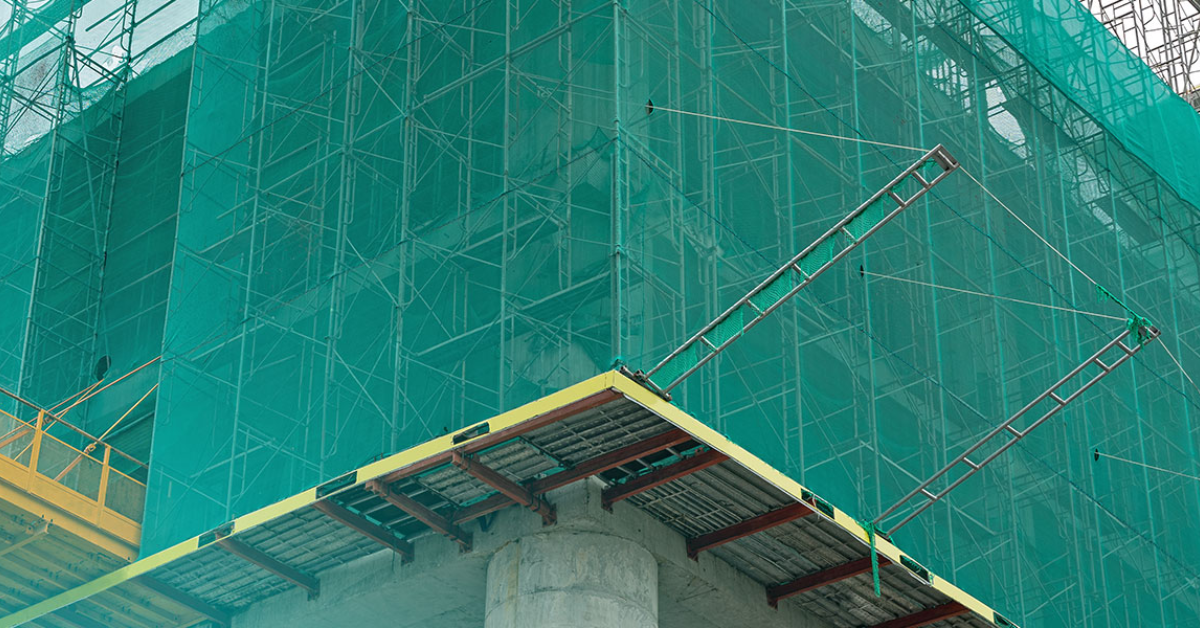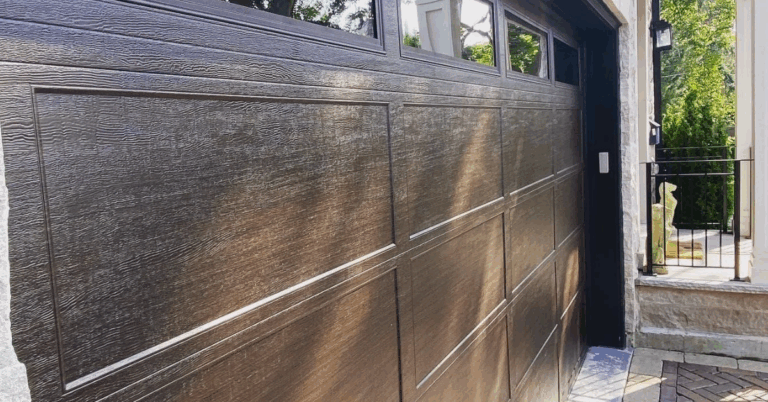Construction Safety Netting: The Ultimate Safety Solution for Construction Sites
Construction sites are bustling hubs of activity, where safety is paramount. Among the many safety measures employed, Construction Safety Netting stands out as a vital protective barrier that prevents accidents, protects workers, and safeguards pedestrians and property below.
In this blog, we’ll explore everything you need to know about construction safety netting—what it is, why it’s essential, the types available, applications, and best practices to ensure your construction project stays safe and compliant.
What is Construction Safety Netting?
Construction safety netting is a type of mesh fabric designed to catch falling debris, tools, or even workers, to prevent injuries and property damage. It is typically made from durable synthetic materials such as polyethylene, polypropylene, or nylon, which offer high tensile strength and weather resistance.
Installed around the perimeter of buildings, scaffolds, or elevated work areas, this netting acts as a protective barrier that enhances workplace safety.
Why is Construction Safety Netting Critical?
Construction sites pose numerous hazards, with falling objects and worker falls being among the most dangerous risks. Here’s why construction safety netting is indispensable:
-
Protects Workers: Nets catch workers who might fall from heights, significantly reducing serious injury or fatality.
-
Prevents Falling Debris: Tools, construction materials, and debris often fall during building or renovation, endangering workers and the public below.
-
Complies with Regulations: Many safety codes mandate the use of safety netting to meet legal requirements.
-
Protects Property and Equipment: Prevents damage to vehicles, equipment, or nearby buildings from falling objects.
-
Improves Site Management: Helps maintain a cleaner, safer construction environment.
Types of Construction Safety Netting
Choosing the right netting depends on your project’s specific safety needs. The most common types include:
1. Debris Netting
Used primarily to contain small debris, dust, and construction materials. This netting usually features a tight mesh design to prevent materials from passing through while allowing airflow to reduce wind pressure.
2. Fall Arrest Safety Netting
Designed to catch workers who fall from height, this netting meets stringent strength standards. It is installed below working platforms or scaffolds to ensure worker safety.
3. Scaffold Netting
Installed around scaffolds to provide a protective shield that prevents objects and people from falling off scaffolding structures.
4. Bird Netting
Used to prevent birds from nesting or entering construction zones, minimizing distractions and contamination.
Materials Used in Construction Safety Netting
Durability and strength are crucial in construction netting. Common materials include:
-
Polyethylene (PE): Lightweight, UV resistant, and strong — ideal for debris netting.
-
Polypropylene (PP): Strong and chemical-resistant, suitable for various safety applications.
-
Nylon: Highly elastic and durable, often used in fall arrest nets.
-
High-Density Polyethylene (HDPE): Used for scaffold and debris nets due to toughness and weather resistance.
Key Applications of Construction Safety Netting
High-Rise Building Construction
For tall buildings, netting protects workers from falls and prevents debris from falling onto streets or adjacent properties.
Renovations and Facade Works
Netting contains dust and debris during renovation, helping reduce environmental impact and improve safety.
Bridge and Infrastructure Projects
Netting ensures safety during elevated work, catching any materials or workers that might fall.
Demolition Sites
Used to contain debris and dust during demolition, improving site safety and cleanliness.
Factors to Consider When Choosing Construction Safety Netting
To maximize safety, consider these factors:
-
Load Capacity: Ensure the net can withstand the maximum expected impact.
-
Mesh Size: Choose mesh size based on the debris size to be contained.
-
UV Resistance: Choose UV-stabilized netting for prolonged exposure to sunlight.
-
Installation Method: Consider ease of installation and securing methods.
-
Regulatory Compliance: Verify that netting meets local safety standards and certifications.
Installation and Maintenance Tips
Proper installation and maintenance are essential for effective safety netting:
-
Inspect netting before and after installation for any damage.
-
Attach securely using appropriate fasteners to avoid sagging.
-
Maintain tension in the net to prevent gaps.
-
Conduct regular inspections and replace damaged sections immediately.
-
Train personnel on proper net handling and installation procedures.
Frequently Asked Questions (FAQ)
What is construction safety netting used for?
It is primarily used to prevent injuries and damage by catching falling debris and protecting workers from falls on construction sites.
How strong is construction safety netting?
Safety nets designed for fall arrest typically support loads up to several hundred kilograms, meeting strict regulatory standards.
Can construction safety netting be reused?
Yes, provided it is undamaged and properly maintained, netting can be reused across projects.
How often should safety netting be inspected?
Regular inspections—weekly or after adverse weather—are recommended to ensure the netting remains intact and functional.
What mesh size is best for debris netting?
Mesh size depends on the debris type; smaller meshes catch finer dust and particles, while larger meshes suit bigger debris.
Conclusion
Construction safety netting is a critical investment for protecting lives, property, and ensuring regulatory compliance in construction projects. From preventing falling debris to saving workers from serious falls, the right safety netting enhances site safety and operational efficiency.
Whether you manage a high-rise building project or a small renovation, prioritizing safety netting ensures peace of mind and creates a safer environment for everyone involved.







